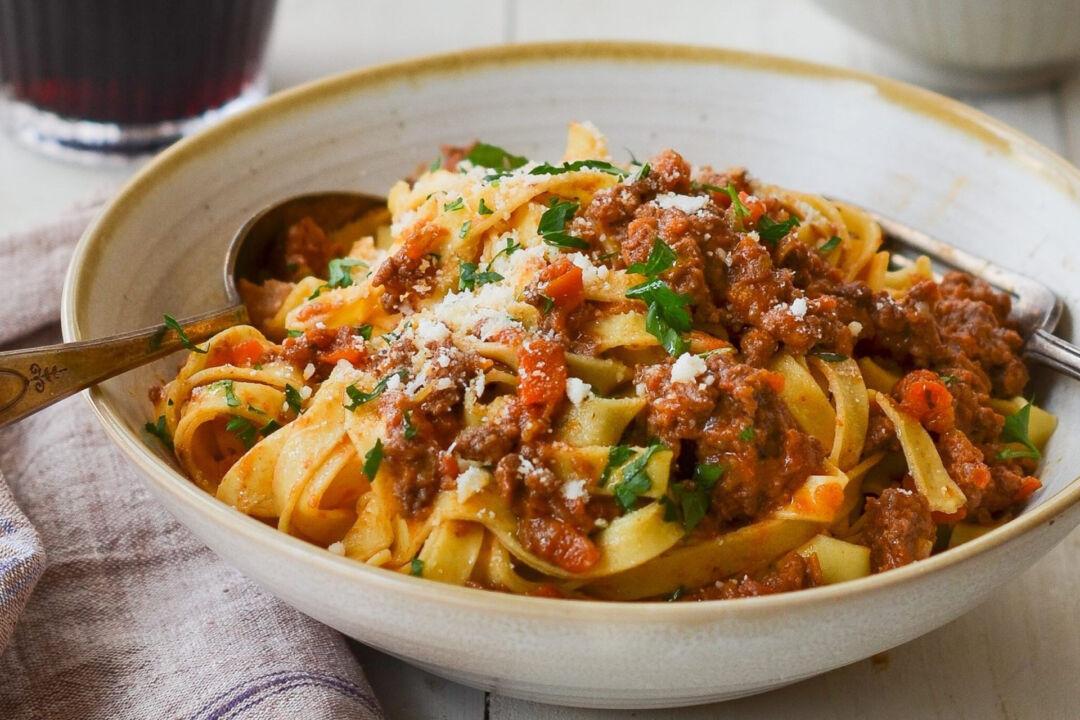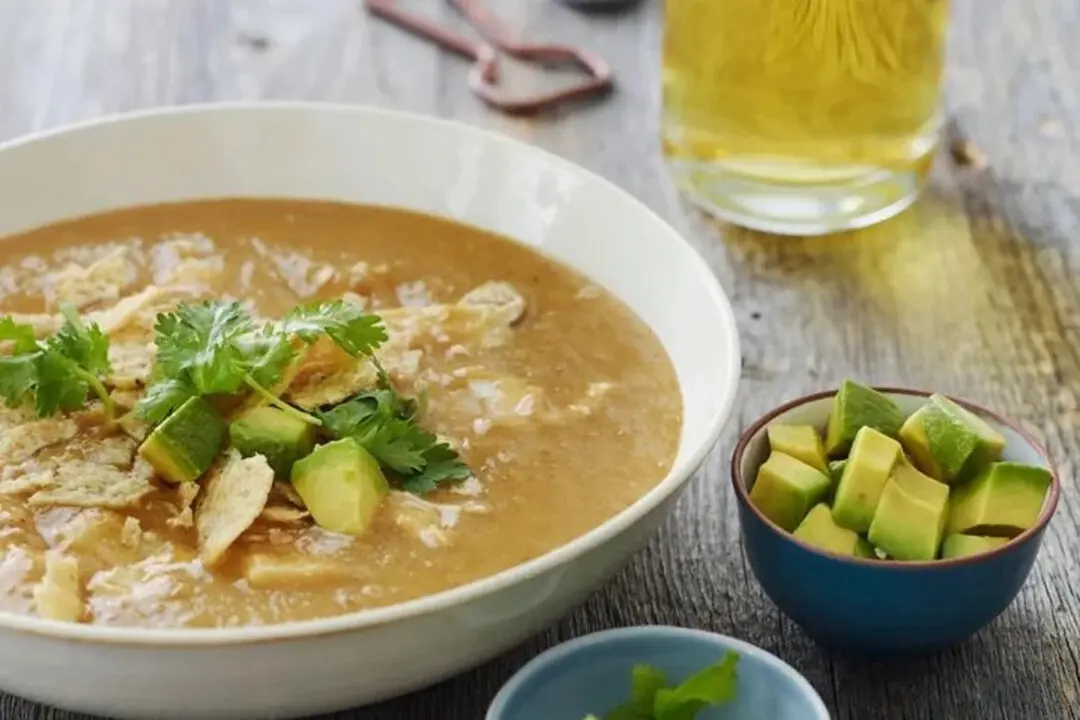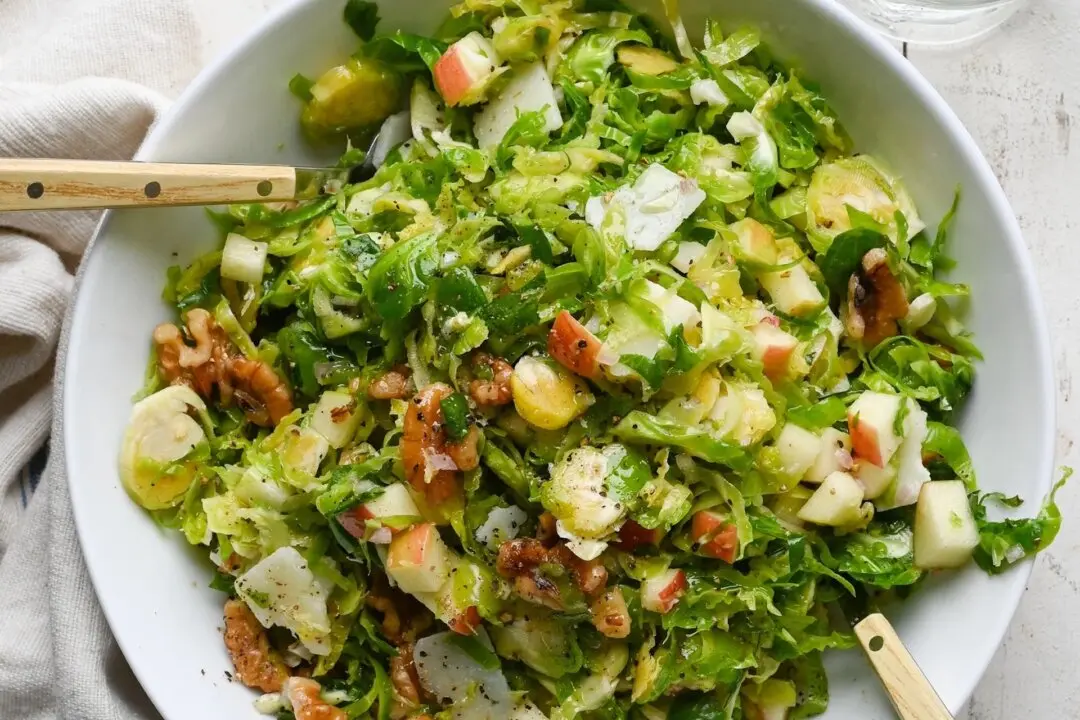Bolognese, or ragù alla bolognese, is a slow-cooked Italian meat sauce that hails from Bologna. It’s a Sunday night staple in my household, perfect for those big family suppers. As it simmers on the stove and its incredible aroma fills the house, it’s only a matter of time before everyone starts asking, “When’s dinner?”
Bolognese Sauce
Simmer your way to a rich and savory Bolognese sauce. This Italian classic is perfect for cozy family meals.

A simple recipe to make this classic dish at home. Courtesy of Jennifer Segal
Jennifer is a classically trained chef, Cookbook author, and busy mom.
She became interested in cooking in college while studying abroad in France and living with a French family. She is a graduate of L’Academie de Cuisine. Visit OnceUponaChef.com.
Author’s Selected Articles




